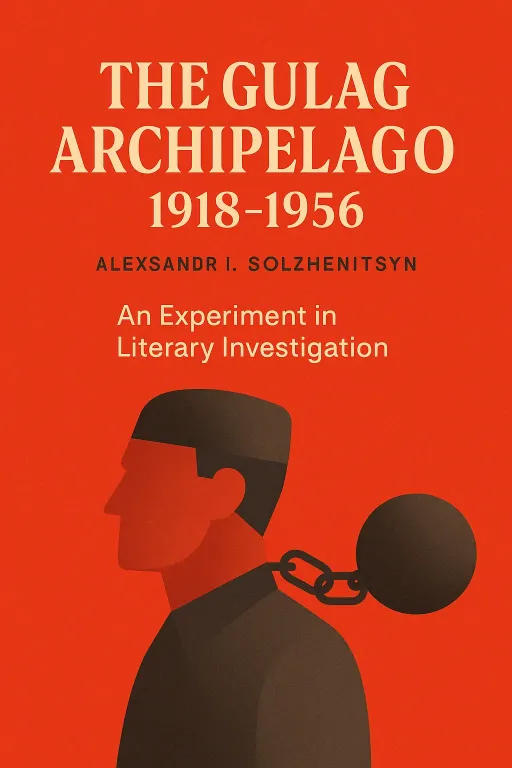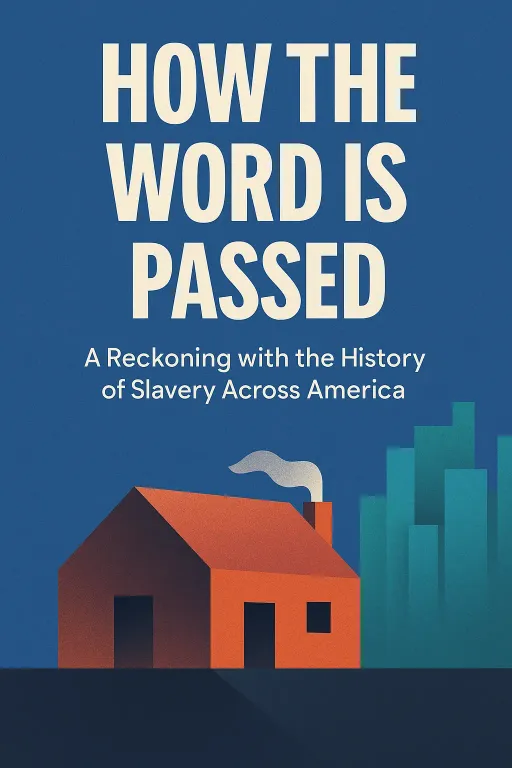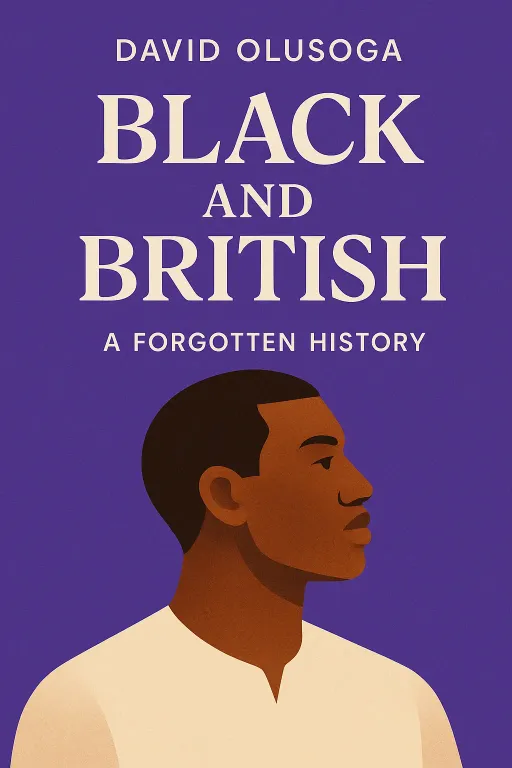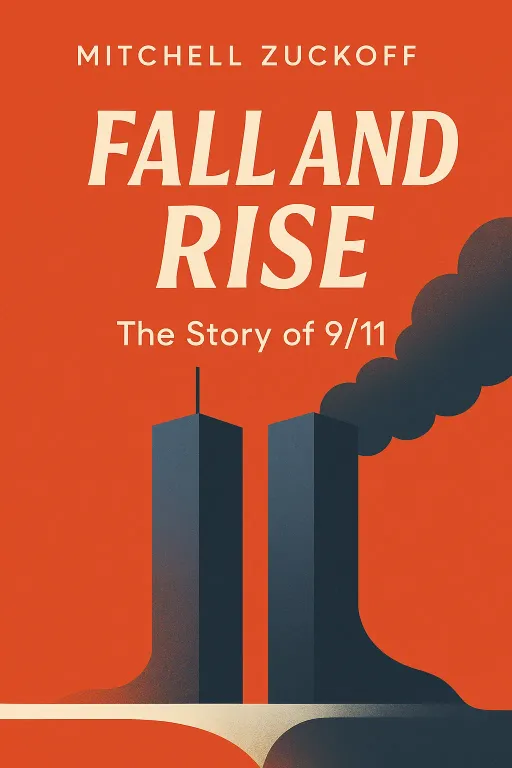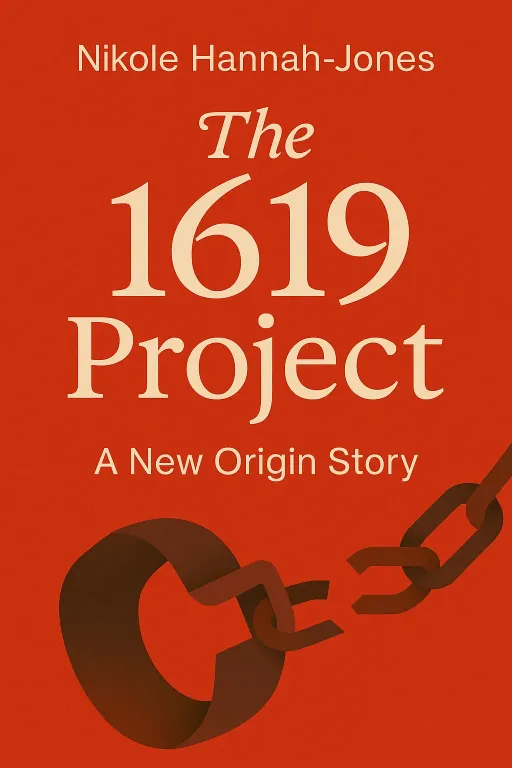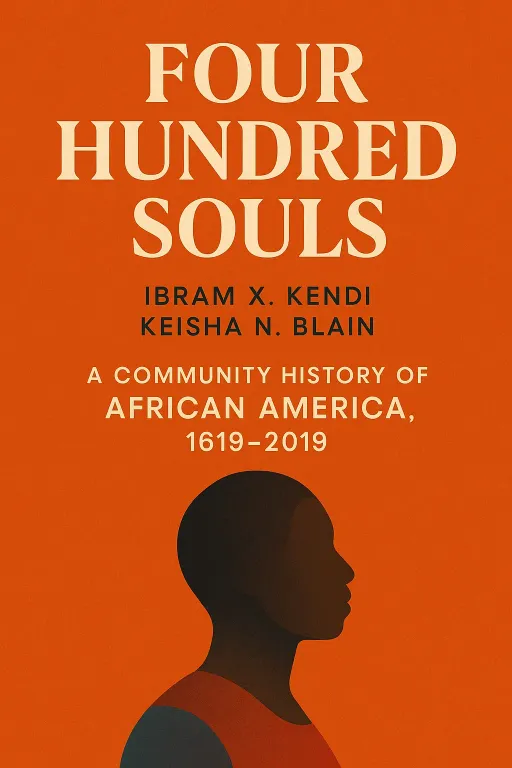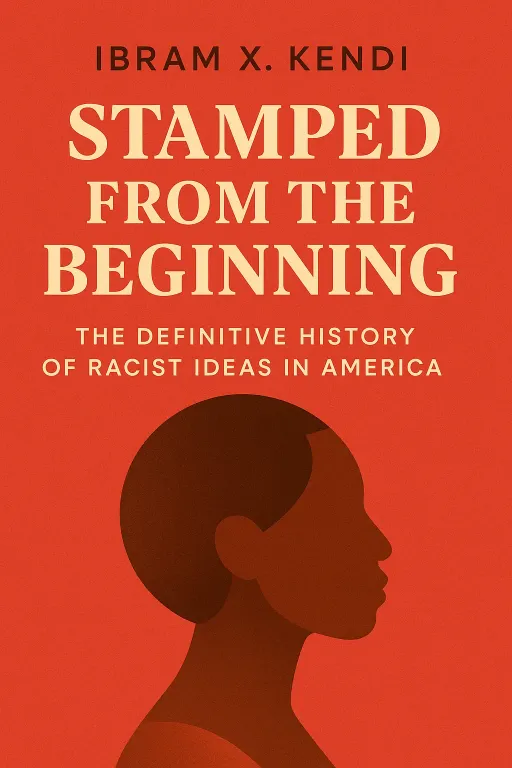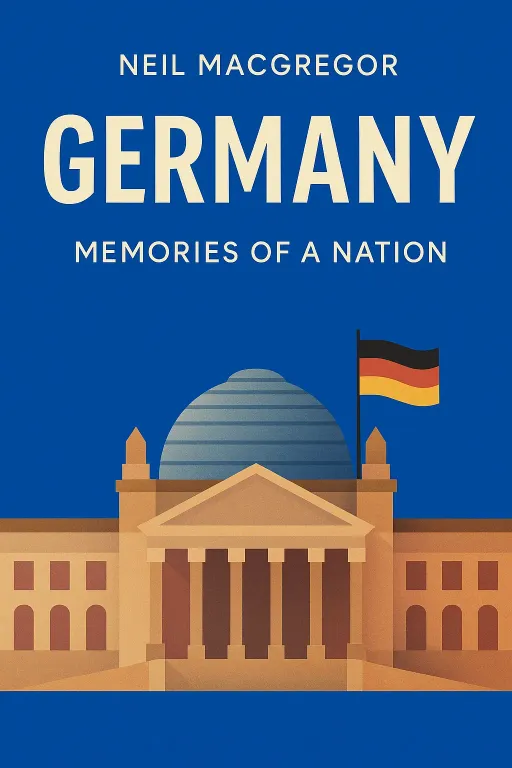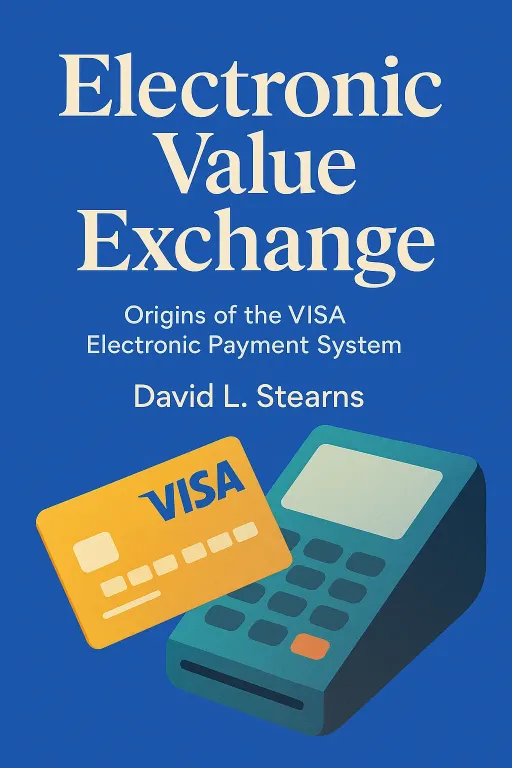
From Chaos to Cashless: Lessons from Visa's Origin for Today's Tech Visionaries
10 minGolden Hook & Introduction
SECTION
Albert Einstein: Imagine you're tasked with an impossible project: build a single, global platform that thousands of your fiercest competitors—companies that fight each other for every dollar—will all use and trust. Sounds like a modern Web3 paradox, right? Well, this exact problem was solved back in the 1970s, and the solution became the Visa network.
Xing Cheng: It's a story most people in tech have never heard, but it's one of the most relevant case studies for what we're trying to do today.
Albert Einstein: Precisely! This isn't just a story about credit cards; it's a masterclass in visionary leadership and system design, chronicled in the book. For any tech leader today, the lessons are profound. And that's why I'm so thrilled to have you here, Xing. With your deep experience building technology platforms, your perspective is exactly what we need.
Xing Cheng: Happy to be here, Albert. It's a fascinating topic.
Albert Einstein: Today we'll dive deep into this from two perspectives. First, we'll explore the mind of the 'chaordic' visionary, Dee Hock, and how he led a failing system out of chaos. Then, we'll uncover the unseen architecture—the brilliant rules and economic models—that actually made the Visa network possible and hold the key to building the platforms of tomorrow.
Deep Dive into Core Topic 1: The Chaordic Visionary
SECTION
Albert Einstein: So, Xing, to really grasp this, we have to go back to 1968. The BankAmericard system, the precursor to Visa, wasn't a success; it was, in the words of one executive, 'literally chaos.' Banks couldn't settle accounts with each other, fraud was out of control, and the whole system was bleeding money. It was a failing product. From a product manager's perspective, what do you do in that situation?
Xing Cheng: Well, the standard playbook would be to impose more control. Create a central authority, dictate stricter rules, maybe build a better central technology to force everyone into line. You’d try to eliminate the chaos.
Albert Einstein: And that is what makes the story so remarkable. They did the opposite. The licensee banks held a meeting in Columbus, Ohio, and it was described as an "acrimonious argument." They were furious with the licensor, Bank of America, for its inability to fix the mess. Out of this frustration, a committee was formed, and a little-known banker named Dee Hock was chosen to be on it.
Xing Cheng: An outsider, of sorts.
Albert Einstein: Exactly. Hock wasn't a typical top-down manager. He looked at the chaos and didn't see a problem to be crushed; he saw a natural state to be harnessed. He later gathered a few key people at the Alta Mira hotel in California for a week. On the fourth night, he had this epiphany. He realized that mechanistic, command-and-control organizations were brittle and failing everywhere. He proposed thinking of their new institution not as a corporation, but as a biological system.
Xing Cheng: That’s a huge mental leap.
Albert Einstein: A quantum leap! He called it a "chaordic" organization—a blend of chaos and order. He said it shouldn't have a rigid structure, but a 'genetic code' of shared purpose and principles. Principles like 'power must be distributive,' and it must 'equitably serve and harmonize the conflicting interests of all its members.' He convinced them to create an organization that they would all own and govern together, but no single entity could control.
Xing Cheng: That's incredible. In tech, we talk about decentralized organizations, but we often think of them as leaderless. Hock's idea was different. It was about designing the for self-organization. It’s less about a rigid product roadmap and more about setting the 'physics' of the ecosystem and letting it evolve. That's a powerful mindset for a product leader.
Albert Einstein: He saw the organization itself as the product! How does that compare to, say, the Agile manifesto, which also provides principles for teams?
Xing Cheng: I'd say it's a level up. Agile is about how a single team or company builds a product. Hock's principles were about how an entire of competing companies could build an ecosystem together. He was designing the meta-game. He wasn't just building an app; he was building the App Store and the rules for all developers.
Albert Einstein: A lawgiver for a new universe. But a universe needs more than just laws of physics. It needs practical rules for how things interact day-to-day.
Deep Dive into Core Topic 2: The Unseen Architecture
SECTION
Albert Einstein: And that 'meta-game' is the perfect segue. A vision is one thing, but making it work is another. Hock's chaordic vision needed a practical instruction set. This is where we find the real, hidden genius of Visa: its 'unseen architecture.'
Xing Cheng: The code behind the philosophy.
Albert Einstein: Precisely. And it started with solving a classic product problem. Before Visa was even a glimmer in Hock's eye, Bank of America faced the chicken-and-egg dilemma. Merchants won't accept a card nobody has, and nobody wants a card merchants don't accept. Their solution was radical. In 1958, in Fresno, California, they conducted what was called "The Drop." They just mass-mailed 65,000 live, unsolicited BankAmericards to households.
Xing Cheng: Wow. That's a bold user acquisition strategy. High-risk, high-reward. Today we'd call that a massive growth hack. You're essentially subsidizing one side of the market—the user side—to create critical mass for the other side.
Albert Einstein: It was incredibly risky! Delinquencies and fraud shot up initially. But it worked. It seeded the market. But the true architectural genius came later, after Hock formed the new organization, NBI. The most important product they created wasn't a piece of technology. It was a rulebook.
Xing Cheng: The Operating Regulations.
Albert Einstein: Yes! And the heart of that rulebook was a concept called the Interchange Reimbursement Fee, or IRF. It sounds so boring, doesn't it? A fee. But it was the economic engine that made the whole chaordic system work.
Xing Cheng: Explain that. How did a simple fee solve such a complex problem?
Albert Einstein: Well, think about it. The bank that issues the card to you, the consumer, takes on all the risk. If you don't pay your bill, they lose money. The bank that signs up the merchant, the 'acquirer,' has the merchant relationship but less financial risk on that specific transaction. This created an imbalance. Why would banks want to issue millions of risky cards?
Xing Cheng: The incentives are misaligned.
Albert Einstein: Perfectly put. The IRF fixed this. It was a tiny fee, around 1.95% at the start, that the merchant's bank paid to the cardholder's bank on every single transaction. It was a small, automatic transfer of value that rebalanced the incentives. It made it profitable for banks to cards, which created more users, which made it essential for merchants to accept them. It was the economic fuel for the entire network.
Xing Cheng: That is a masterstroke. It's a dynamic pricing mechanism for trust and risk within a decentralized network. In the Web3 space, we spend all our time trying to design this. We call it 'tokenomics'—designing the economic incentives to make a protocol self-sustaining. Visa did this in the 70s with a simple percentage fee.
Albert Einstein: Aha! So the IRF is the original 'gas fee' of the financial world?
Xing Cheng: In a way, yes! It's the fee that makes the whole system viable for all participants. And the 'Operating Regulations' that governed things like disputes and card standards... that's the equivalent of a smart contract's code. It's the immutable law of the network. This provides a direct parallel to the governance challenges we face today, for instance, in building a cross-border payment system in a diverse region like ASEAN. You need a neutral, trusted set of rules and an incentive model that works for banks in Singapore, Vietnam, and Indonesia simultaneously, despite their different economies and regulations. Visa created that blueprint.
Synthesis & Takeaways
SECTION
Albert Einstein: So there we have it. The birth of a global giant wasn't just one thing. It was this beautiful duality. On one hand, you have the visionary leader, Dee Hock, who creates a 'chaordic' framework that embraces decentralization and shared governance.
Xing Cheng: And on the other, you have the brilliant system designer who writes the economic and social 'code'—the operating regulations and the interchange fee—that gives that vision a practical, self-sustaining structure.
Albert Einstein: It’s the marriage of the poetic and the practical. The philosopher and the engineer.
Xing Cheng: Exactly. I think the big takeaway for any product leader or innovator listening is that when you're building a platform, you're not just building technology. You're building a society in miniature. You have to be both a visionary and a lawgiver. You have to inspire with a grand purpose, but you also have to get the details of the rules and incentives right.
Albert Einstein: A wonderful synthesis. So, what is the one question a leader should ask themselves, inspired by this story?
Xing Cheng: The question to ask isn't just 'What does our product do?' but 'What are the fundamental rules and incentives that will allow our ecosystem of users, developers, and even competitors to thrive?' That's the real lesson from the birth of Visa.
Albert Einstein: A perfect thought to end on. Xing, thank you for connecting the past to the future so brilliantly.
Xing Cheng: My pleasure, Albert. It shows that the fundamental problems of innovation are timeless.
